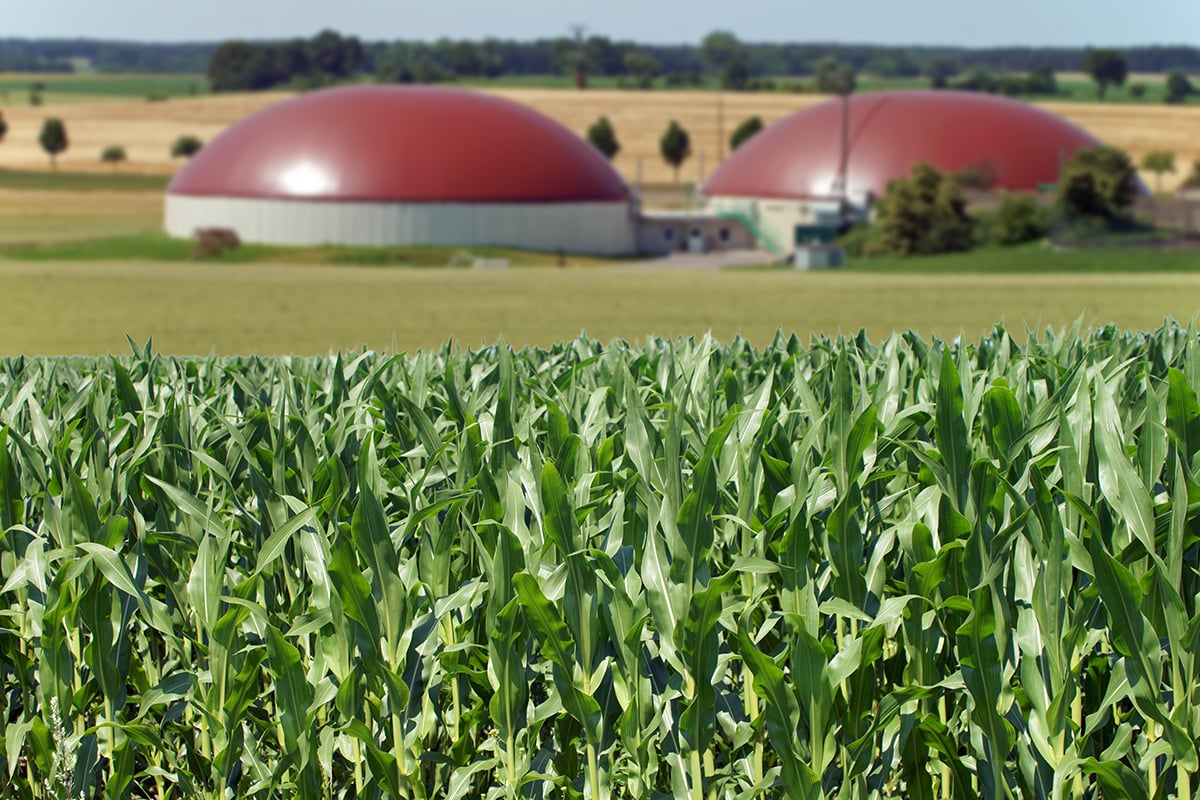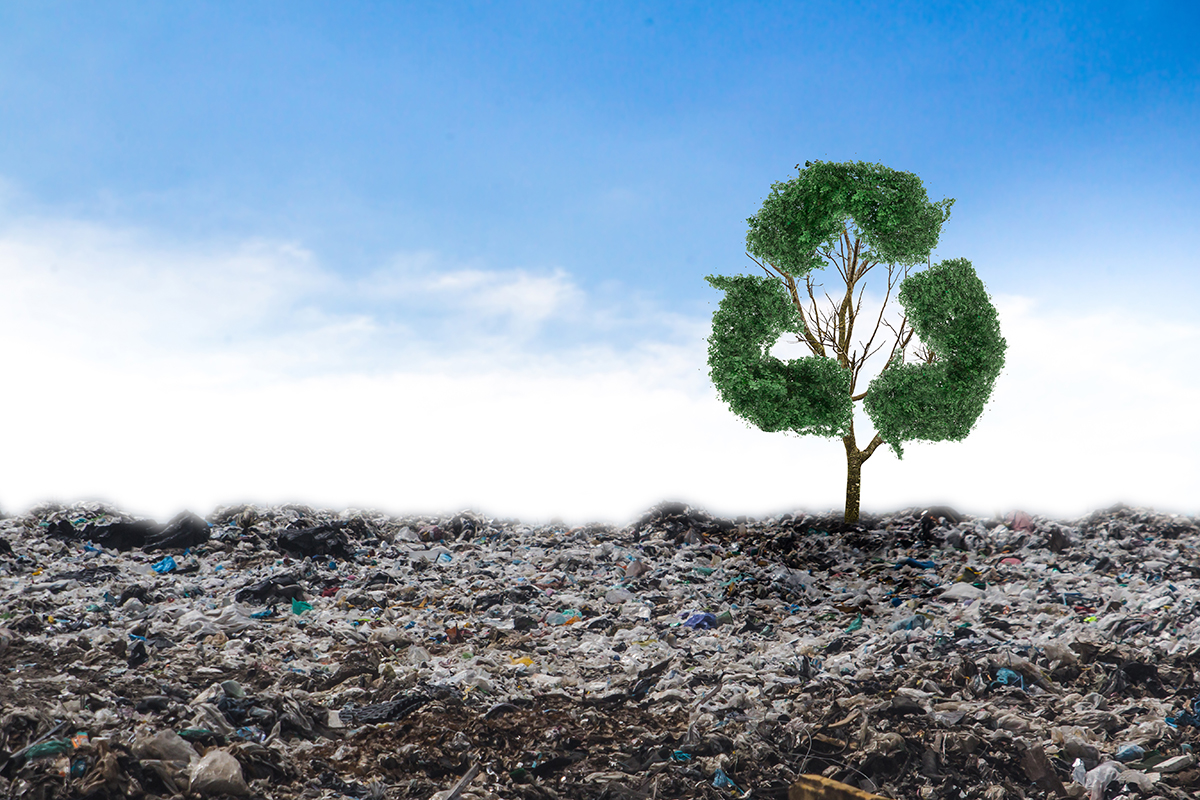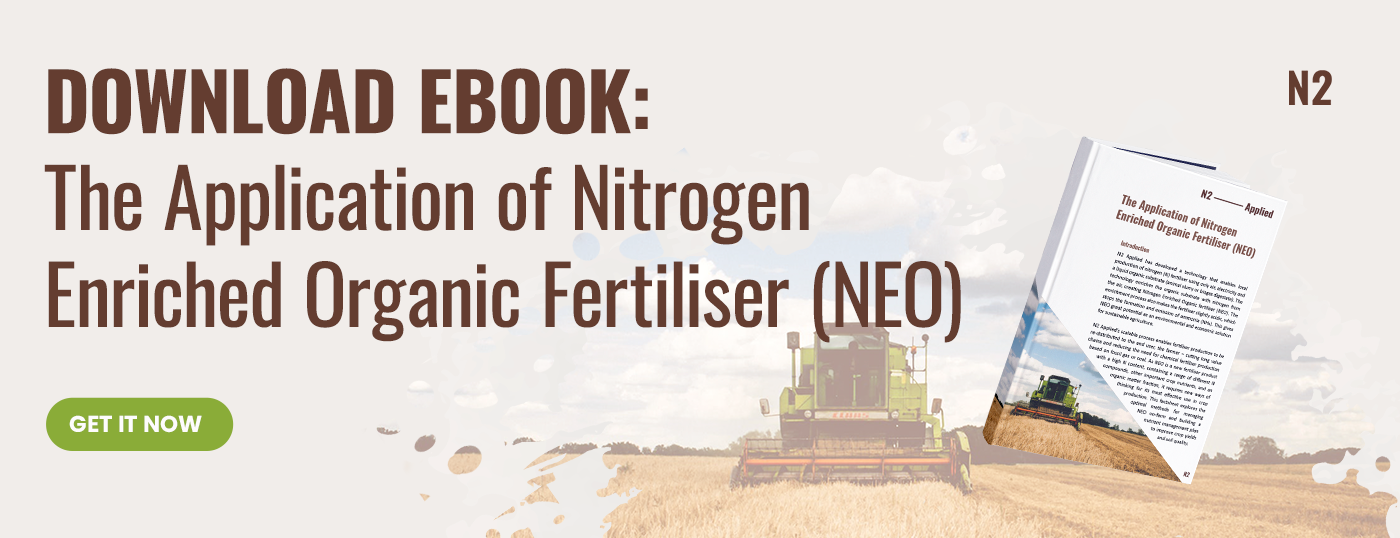Slurry from livestock holds valuable nutrients and microbes that are beneficial to soils and the growing of crops. Yet, in some circumstances, the material is viewed as waste or bi-product from a productive livestock system.
It’s fair to say the average nutrient concentration of slurries compared to manufactured sources of nutrient is considerably less, but the volume of slurries is far greater and coupled with the need to dispose of it. Farmers are using several innovative methods to increase the value of slurries and drive the recycling of nutrients on-farm.
Measure to Manage
Slurry can be variable in nutrient content due to fluctuations in animal diet, animal type and slurry dilution with water. That variability is a key determining factor in its use as a valuable nutrient source, and every effort should be made to assess the nutrient content of slurry.
This can be achieved by using on-farm assessment tools such as slurry hydrometers or N content assessment kits, or by sending a sample to a local laboratory for analysis.
Planning is Everything
With the results from the assessments described above, a planning phase begins, commonly known as a nutrient management plan (NMP). This plan outlines the application rates, areas and volumes of slurry to apply. Receiving targeted advice from a specialist at this stage can increase the value derived from slurries in relation to the land area available. Different countries hold different guidance with regards to the planning phase, but all will provide knowledgeable advice and even plan templates in some cases. This also acts as a reporting mechanism for authorities.
Slurry Storage
Slurry spends a great deal of time in storage due to application restrictions following weather patterns and seasons. This is a good opportunity to apply methods to get the best nutrient value out of slurry:
Acidification
There are several acidification techniques available that incorporate acids, such as sulphuric acid. This reduces the pH of the slurry which holds on to the valuable nutrient ammonium-N within the slurry. This is commonly lost as ammonia gas during storage and application.
Capacity
Having a greater storage capacity than what is necessary can increase the windows of application for slurry. This can in turn add value by allowing a longer application window, meaning slurry can be spread at the most beneficial timing to suit a crop’s needs.
Application Method
After storage, the application method of slurries can provide another window of opportunity to harness the best nutrient value:
Band Spreading
Band spreading by trailing hose or dribble bar applies the slurry close to the soil to minimise nutrient loss to air, and allow more precise application than broadcast spreaders.
Trailing Shoe
Trailing shoe application applies the slurry directly to the soil surface and reduces nutrient loss to air even further.
Injection
Slurry injection into the soil prevents nutrient losses to air to the highest extent and applies slurry directly into soil, but is also a very invasive method.
Application Timing
Applying slurry at optimum times to ensure that the nutrient content can be utilised by the crop is the most effective way of using slurry. Optimum timings tend to be in the spring and early summer when the crop requires the nutrient content in its growth and development phase. Rapid incorporation of slurries can also reduce the exposure to air and therefore provide more nutrient to the crop.
Technology
New technologies are available to help farmers process or treat slurry in order to gain the best nutrient value.
N2 Applied
Ammonia emissions are a large loss factor for increasing the value of slurries and innovative technologies are solving that issue. N2 Applied have developed a plasma unit that fixes nitrogen from air and absorbs that into slurries. The treatment increases the valuable N content and reduces ammonia emissions by up to 90%, providing nearly a tripling in value.
Anaerobic Digestion
A widely used technology that harnesses the methane from slurry to provide an extra revenue source for the farm. Equally providing a nutrient-rich digestate product like slurry after the process which can be applied to crops.

Waste or Resource?
It is clear there are several methods for increasing the nutrient value of slurries. Most of those are management techniques which are relatively simple to implement. Also, innovative companies (like N2 Applied) are working to add significant value to slurries and address some of the efficiency issues in its use. This paves a positive way forward for slurry to be viewed and utilised as a highly valuable natural resource.
Sources:
- https://assets.publishing.service.gov.uk/government/uploads/system/uploads/attachment_data/file/260397/pb14044-slurry-management-storage-report.pdf
- http://www.nutrientmanagement.org/2-nutrient-management-plan/#:~:text=The%20Nutrient%20Management%20Plan%20includes%20two%20recording%20sheets%3A&text=Completing%20these%20forms%20through%20the,nutrient%20storage%20and%20fertiliser%20security.
- https://www.climatexchange.org.uk/media/2971/slurry-storage-on-scottish-farms.pdf
- https://projectblue.blob.core.windows.net/media/Default/Pork/Documents/NFU%20Energy%20technology%20review%20report.pdf





